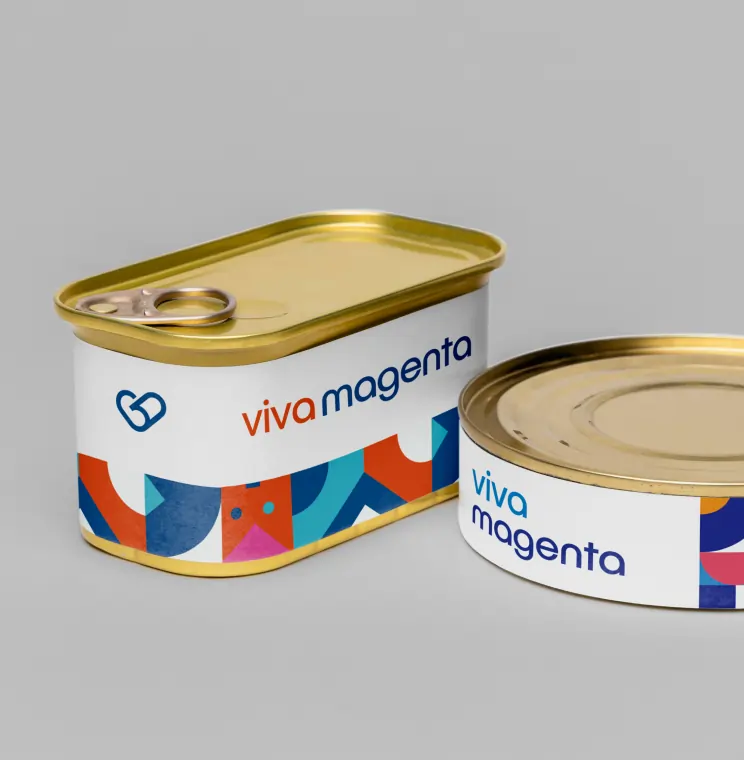Exploring the Wisdom Behind Packaging Trends

Nov 19, 2024
How to Design a Beer Label: Size Guide & Dimensions
Learn the essentials of beer label design, including a comprehensive size guide and dimensions to create eye-catching beer bottle labels.

Nov 19, 2024
How to Design a Beer Label: Size Guide & Dimensions
Learn the essentials of beer label design, including a comprehensive size guide and dimensions to create eye-catching beer bottle labels.

Nov 18, 2024
Candle Label Size Guide: How To Choose The Right Label Size
Explore our Candle Label Size Guide to choose the ideal label for any candle type, from jars to tins. Includes tips on personalised labels, candle dimensions, and CLP compliance.

Nov 18, 2024
Candle Label Size Guide: How To Choose The Right Label Size
Explore our Candle Label Size Guide to choose the ideal label for any candle type, from jars to tins. Includes tips on personalised labels, candle dimensions, and CLP compliance.

Nov 15, 2024
Premium Label Finishing Techniques: A Guide to Foil, Embossing & Lamination
Discover how premium label finishing techniques like foil stamping, embossing, and speciality lamination can transform your product packaging. Learn about applications and benefits for your brand.

Nov 15, 2024
Premium Label Finishing Techniques: A Guide to Foil, Embossing & Lamination
Discover how premium label finishing techniques like foil stamping, embossing, and speciality lamination can transform your product packaging. Learn about applications and benefits for your brand.

Nov 15, 2024
Master the Packaging Design Process in 6 Steps
Unlock the secrets of the packaging design process with our step-by-step guide. From research to launch, learn how to create packaging that stands out and resonates with your audience.

Nov 15, 2024
Master the Packaging Design Process in 6 Steps
Unlock the secrets of the packaging design process with our step-by-step guide. From research to launch, learn how to create packaging that stands out and resonates with your audience.

Nov 13, 2024
Complete Guide to Food Labeling: Requirements, Materials, and Best Practices
Discover everything about food labelling requirements, materials, and compliance in the UK. Learn about roll labels, adhesive labels, and food packaging solutions for your business.

Nov 13, 2024
Complete Guide to Food Labeling: Requirements, Materials, and Best Practices
Discover everything about food labelling requirements, materials, and compliance in the UK. Learn about roll labels, adhesive labels, and food packaging solutions for your business.

Nov 11, 2024
Top 15 Chocolate Box and Chocolate Bar Packaging Design Ideas
Discover the top 15 creative chocolate box and bar packaging design ideas. Explore unique branding and innovative packaging trends for chocolates.

Nov 11, 2024
Top 15 Chocolate Box and Chocolate Bar Packaging Design Ideas
Discover the top 15 creative chocolate box and bar packaging design ideas. Explore unique branding and innovative packaging trends for chocolates.
Load More
Load More
© 2024 Viva Magenta Project.
© 2024 Viva Magenta Project.

